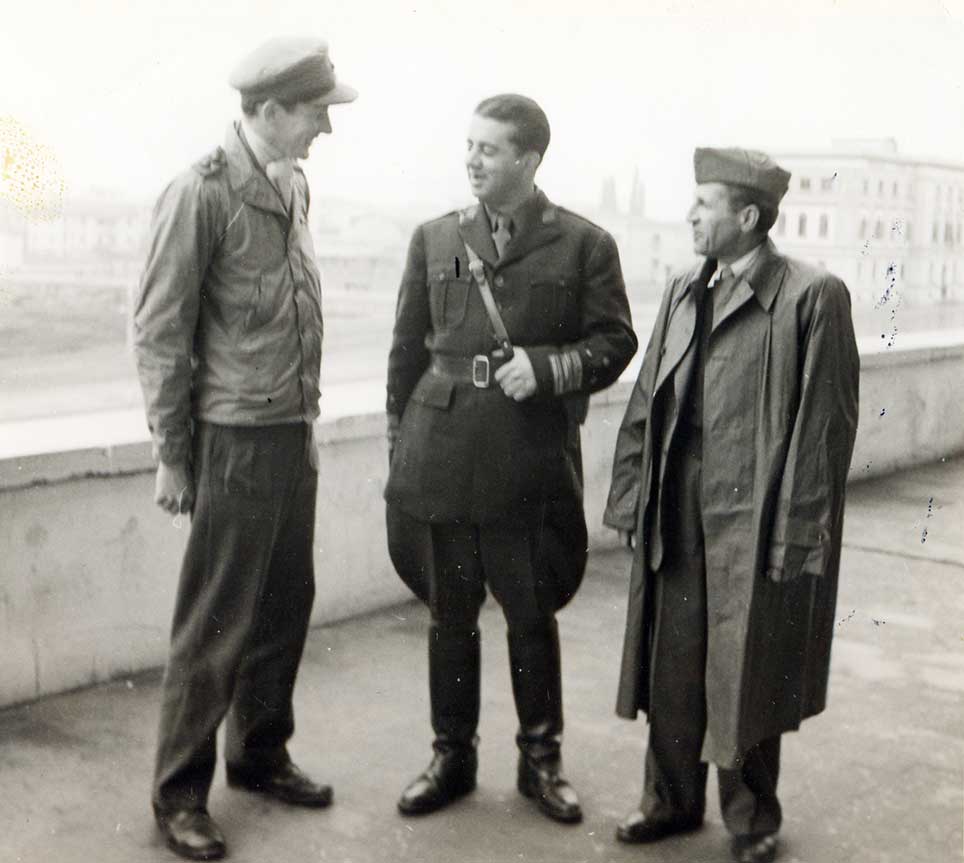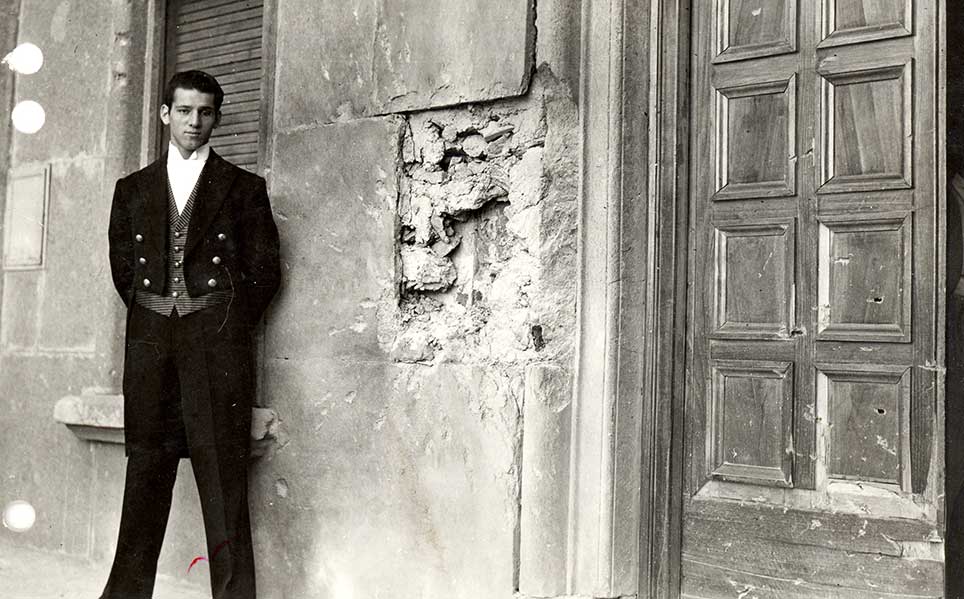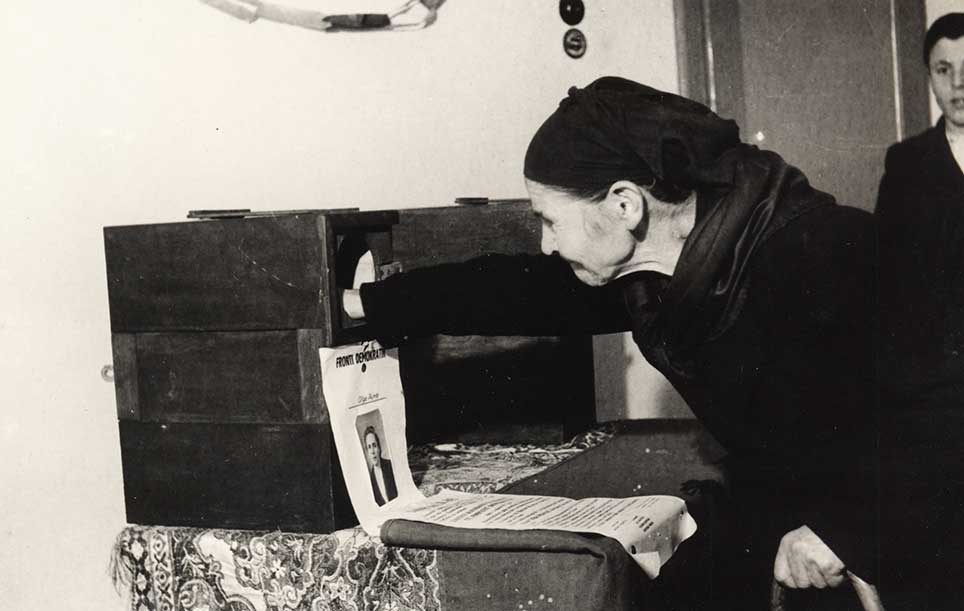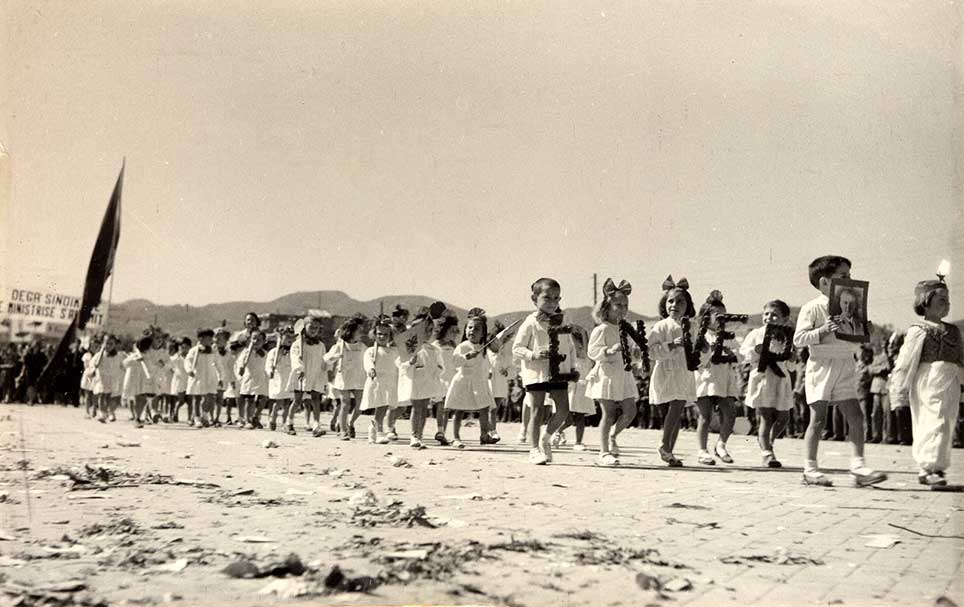Edukation in Albania (1945 – 1990)
After the war, in Albania, as happened in other areas even in education were undertaken some reforms. The first step in the area of education was
introducing literacy courses which spread widely in every corner of Albania, from 1945 to 1949.
THE CAMPAIGN AGAINST ILLITERACY
According to the census of September 30th, 1945, in a population of 1.122.044 inhabitants, the number of illiterates was 911.410 people, or 81.22% of the population. In 1945, were opened 566 courses where 10.243 people learned for the first time how to read and write. For this campaign against illiteracy was worked mainly on a voluntary way. In 1949 passed the education law under which, people up to 40 years old were
forced to learn the basics of literacy. A registration of this year (1949) showed that after 5 years had become literate around 130.000 people, while 420.000 still remained illiterate. In 1955 was publicly declared that in Albania was liquidated illiteracy up to age 40 years. But based on archival data was proved that a part of the population failed to be literate, especially them of an older age. This problem has continued in the subsequent years, but the fight continued, quietly, not declared as a campaign.
THE ESTABLISHMENT OF SCHOOLS
Primary education and the 7 years program
The most developed education cycle, in the early postwar years, was primary education. In the 50s opened the first 7 years program schools. During 1960-1961 was achieved the opening of 557 7-year schools.
Secondary education
Regarding secondary education, in 1946-1947 only 6 gymnasiums worked, in Tirana, Korca, Gjirokastra, Shkodra, Durres and Vlora. In Tirana there were also the technical institutes. Only a year later the number of secondary education schools reached 20. Secondary education developed mainly in the 60s and mainly professional education, because the government had interest in secondary professional cadres that the country lacked.
Higher Education
During the first phase which was extended to the mid-50s started the foundation of universities. It starts in 1946 with the opening of the Pedagogical Institute in Tirana, a 2 years program, which had the degree courses in Language and Literature, History, Geography, Biological Sciences and Physics and Mathematics. After 1951, opened other institutes of 3 and 4 years for pedagogy, followed up till 1957. In the 1955-1956 the academic year of the higher education system in the country consisted of 6 Institutes of 4 and 5 years program with 22 faculties and about
1.595 students. On June 3rd, 1957 by a decree of the Presidium of the National Assembly was established the State University of Tirana (SUT), which began to function as such since September of that same year. Tirana State University opened its doors for the first time on 16 th of September 1957. While in 1962 was created the Agricultural University of Tirana, in Kamza.
THE REFORMS AND THE IDEOLOGISATION OF SCHOOLS
After the war, with the establishment of the communist regime in Albania, the Albanian education took a new form. The type school was socialist, defending and molding a socialist society. As a model, especially after 1948, with the blasting of relations with Yugoslavia, Albanian schools were focused on the Russian model school. In the 60s was marked the second reform while in 1963 comes the new law on the reorganization of the education system. The law predicted the transition from a 7-year to an 8-year system. The peak reaches with the third reform which was called "Revolutionizing further the school", promoted since 1967 under the influence of the Chinese Cultural Revolution, after a speech of Enver Hoxha for revolutionizing the school. The law came out at the end of 1969 and the implementation started in 1970 and continued until the fall of the regime.
This third reform had a profound impact on the school, which was so extremely ideologised. The direct teaching of political subjects, such as history of the Party, Marxism, etc. grew. But ideologisation deepened in all other classes, penetrating into every cell of the school. Ideology reached its peak in literature and history. The school was organized on the basis of the principle that was called the revolutionary triangle which was: teaching, productive work, physical and military education. All programs and textbooks were held based on this triangle. This damaged the school, especially the extreme ideologisation, because it prepared a generation model of the regime called "Creating a new man".















